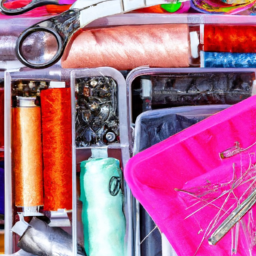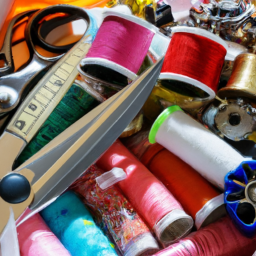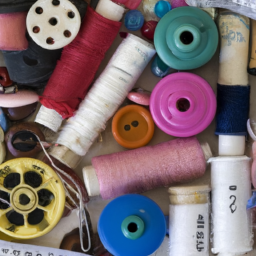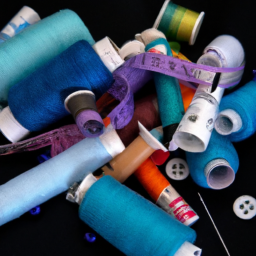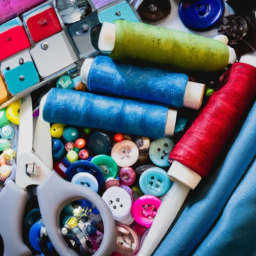
Works

Sewing machines have revolutionized the textile industry, allowing precise and efficient stitching for various fabric projects. Crucial to their operation is the sewing machine needle. This article will explore how the thread sewing machine needle functions and its importance in creating flawless stitches.
Anatomy of a Sewing Machine Needle
A sewing machine needle consists of several characteristic parts:
- Shank: The top part of the needle that is held in place by a needle bar.
- Blade: The slender and elongated central part that penetrates the fabric.
- Point: The sharp tip responsible for piercing the fabric.
- Shaft: The space between the shank and the point, which may be flat or cylindrical.
- Eye: The tiny hole near the point where the thread passes through.
How a Thread Sewing Machine Needle Works
When the sewing machine is in operation, the needle moves up and down rapidly, repeatedly puncturing the fabric. As the machine feeds the fabric forward, the needle carries the thread through the fabric layers, forming stitches along the way.
The needle’s point and blade are designed to penetrate and separate the fibers of the fabric without causing damage. They smoothly create a hole for the thread to pass through while minimizing resistance and preventing the fabric from tearing.
The eye of the needle holds the thread securely. As the needle descends, the top thread is pulled into the bobbin area through the fabric layers, where it interlocks with the bobbin thread to form a tight, secure stitch.
Choosing the Right Sewing Machine Needle
It is crucial to select the appropriate needle for your sewing project to achieve the best results. Different fabrics and threads require different needle types and sizes.
For lightweight fabrics, such as silk or chiffon, use a fine needle to prevent snagging or visible puncture holes. Medium-weight fabrics, like cotton or linen, typically require a universal or standard needle. Heavy-duty fabrics, such as denim or leather, demand stronger needles designed to withstand the increased resistance.
Remember to replace your needle regularly, as dull or damaged needles can lead to skipped stitches, fabric damage, or thread breakage.
In conclusion
A thread sewing machine needle plays a critical role in creating precise and durable stitches. Its design allows it to penetrate fabrics smoothly while securely holding the thread. By understanding the anatomy and function of the sewing machine needle, you can make informed choices and achieve professional-quality results in all your sewing endeavors.
